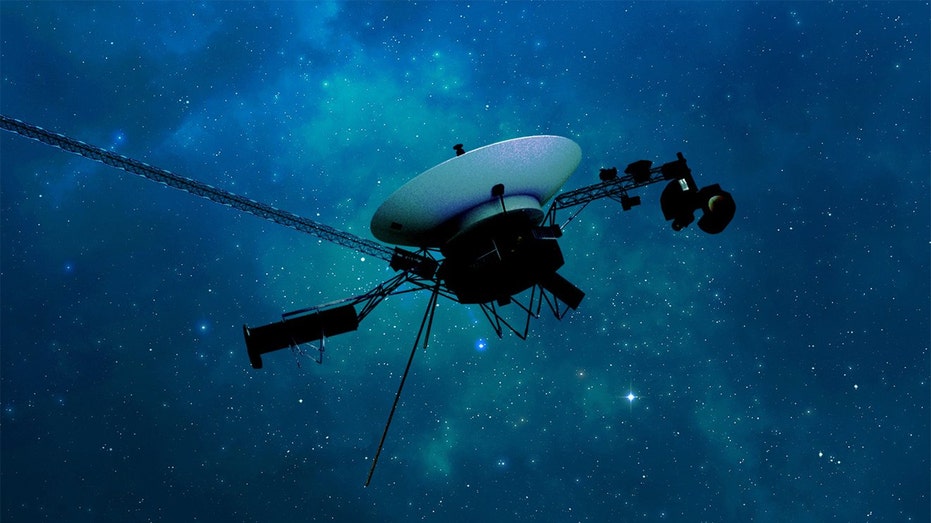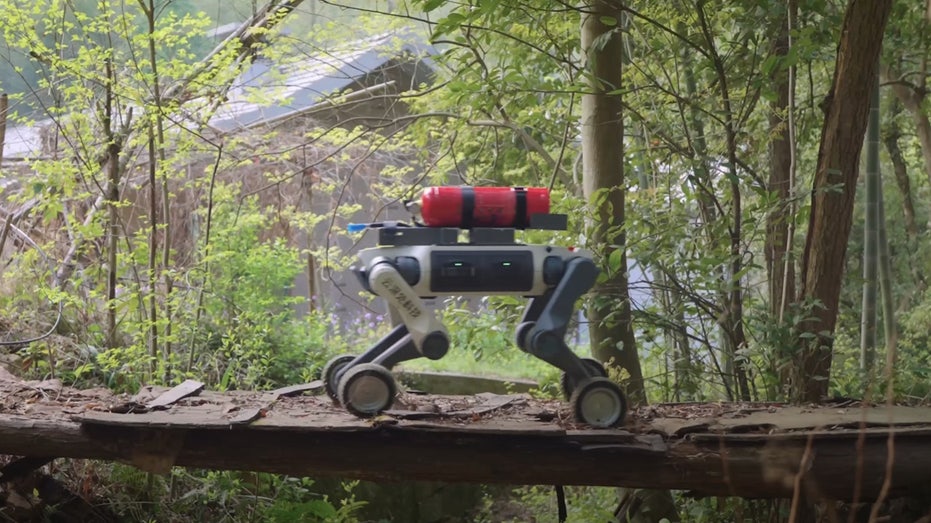Listeners:
Top listeners:
-
 play_arrow
play_arrow
WSTU 1450 AM – Listen Live WSTU 1450 AM
NASA revives ‘dead’ thrusters on Voyager 1 after two decades of inactivity

NASA revived roll thrusters on the 47-year-old Voyager 1 that were thought to be dead for two decades.
According to the space agency, scientists at the Jet Propulsion Laboratory of NASA, located in Southern California, have reactivated a set of thrusters on the spacecraft.
The roll thrusters have not worked since 2004 and are long believed to have been out of commission.
These thrusters are important because Voyager’s main thrusters appear to have some residue forming that could cause them to clog. Scientists estimate those thrusters could fail as early as Fall 2025.
NASA ASTRONAUT REVEALS THEY NEARLY FAILED TO DOCK BOEING STARLINER TO INTERNATIONAL SPACE STATION
The antenna on Earth responsible for sending commands to both Voyager 1 and Voyager 2 will be offline for several months.
Deep Space Station 43, a 230-foot-wide antenna in Australia, will be offline until February 2026 due to needed upgrades.
While that antenna is being upgraded, the team at NASA will not be able to communicate with the twin space probes.
NASA FINALIZES STRATEGY FOR HUMAN PRESENCE IN SPACE
Suzanne Dodd, Voyager project manager and director of the Interplanetary Network at JPL, said these upgrades are important for future Moon missions.
“These antenna upgrades are important for future crewed lunar landings, and they also increase communications capacity for our science missions in deep space, some of which are building on the discoveries Voyager made,” Dodd said in a press release.
Each Voyager has a set of primary thrusters that control movement in all directions as well as smaller thrusters for what is called roll control.
Using the smaller thrusters allows the Voyager’s antenna to stay aligned with Earth, so the scientists can communicate with it.
While there is a third set of thrusters, which were brought back online in 2018 and 2019, Voyager does not have the capability to perform the roll adjustments needed to keep a connection with Earth.
If Earth happened to lose connection with Voyager 1, it would be nearly impossible to restore communication.
CLICK HERE TO GET THE FOX NEWS APP
Voyager 1 was launched in 1977 and has traveled nearly 15 billion miles away and is currently exploring interstellar space, which is beyond our Solar System.
Both Voyager 1 and Voyager 2 have traveled farther than any other human-made objects. Voyager 1’s notable discoveries include finding a thin ring around Jupiter, along with 2 moons orbiting the Solar System’s largest planet that had not been seen before. It also discovered five moons orbiting Saturn, along with a previously unknown ring around the gas giant.
Technology News Articles on Fox News 7c12fdaa-1fe5-5edd-b90e-0d1ebc5b6c54, fnc, Fox News, fox-news/science/air-and-space/nasa, fox-news/tech, fox-news/science/air-and-space, fox-news/science/air-and-space/planets, fox-news/science, fox-news/science/air-and-space/moon, fox-news/tech, article
Written by: ThemusicalG
Similar posts
Latest Posts

Indiana Pacers rally past New York Knicks in dramatic Game 1 | Speak

Phillies vs. Rockies Highlights | MLB on FOX

Cardinals place CB Sean Murphy-Bunting on NFI list, ending his 2025 season

‘Half a dozen’ more states to ban soda, junk food purchases with food stamps, Trump Agriculture secretary says

Alex Palou and Josef Newgarden are Under Duress ahead of the Indy 500 | First Things First
Current Show
Categories





Post comments (0)